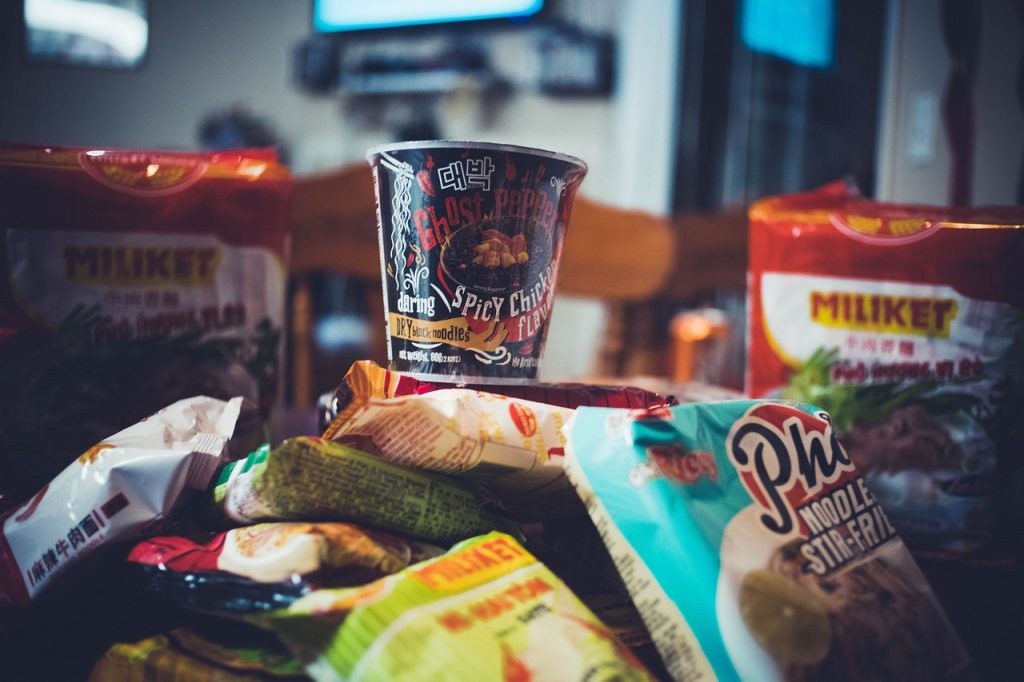Every year, we may unknowingly consume a quantity of microplastics equivalent to two plastic bags. These particles, originating from our daily food and water sources, could pose serious health risks to the human body.

WASHINGTON, D.C. (MERXWIRE) – Are you consuming food or microplastics? Perhaps you haven’t noticed, but these tiny plastic particles have quietly permeated your life. According to various studies, microplastics can be found in our diet, air, and water sources. This alarming reality threatens the survival of wildlife and potentially endangers human health. However, the scientific community has yet to reach definitive conclusions.
A study from the University of Portsmouth in the UK found that packaged foods contain seven times more microplastics than fresh, unwrapped ingredients from traditional markets. Researchers discovered that food packaging is often a significant source of microplastics, and humans eventually ingest these particles, creating potential health risks. If packaged food is consumed daily, an individual may ingest about 10 grams of plastic per year, equivalent to the weight of two plastic bags.
An Australian study has found microplastics in rice and traditional plastic-packaged foods. Microplastics were detected in Thailand, India, Pakistan, and Australia rice. The study revealed that 100 grams of unwashed rice usually contains 3.7 milligrams of microplastics, while washed rice contains 2.8 milligrams. Instant rice contains as much as 13.3 milligrams of plastic per 100 grams.
Recently, scientists have suggested a potential solution: boiling water can effectively remove most microplastics. According to research, boiling water for about five minutes can eliminate 90% of microplastics. This is because, at high temperatures, the hard minerals in the water (such as calcium carbonate) help clump the microplastics, which can be easily filtered out. While this method has shown promise in reducing microplastics in water, further studies are necessary to confirm its long-term health effects.
While it is impossible to thoroughly avoid microplastics in food and water, there are measures we can take to reduce our intake. First, choose unpackaged food items and facilitate the purchase of plastic-packaged products. Second, avoid over-reliance on instant foods, as these products often contain more microplastics due to their processing methods. Also, maintaining clean drinking water is crucial, and boiling water effectively reduces microplastics. Most importantly, we must actively participate in efforts to reduce plastic pollution, decrease plastic usage at the source, and enhance the recycling and management of plastics to reduce environmental microplastic contamination.

From the instant rice you eat daily to bottled water and packaged foods from supermarkets or street vendors, microplastics are almost everywhere, becoming an unavoidable “invisible pollutant” in our lives. While scientists continue to investigate the specific impacts of microplastics on human health, simple daily changes, such as opting for unpackaged foods and boiling water, can significantly reduce the risk of ingesting microplastics.
